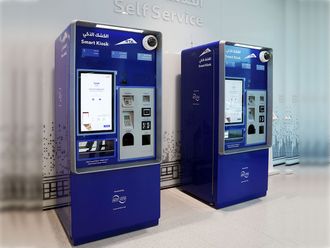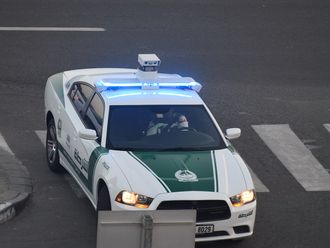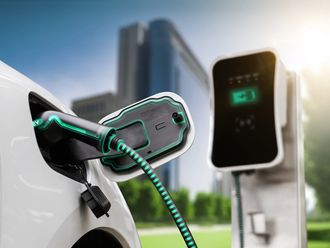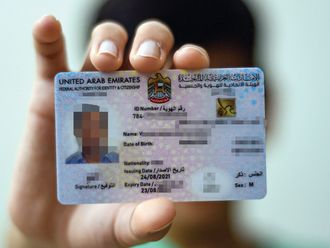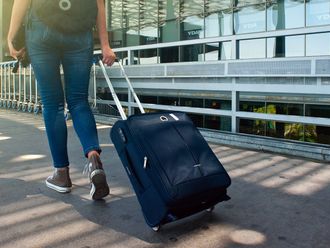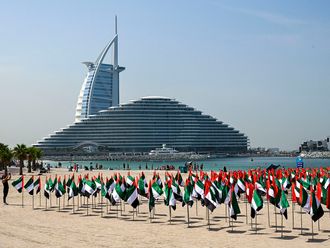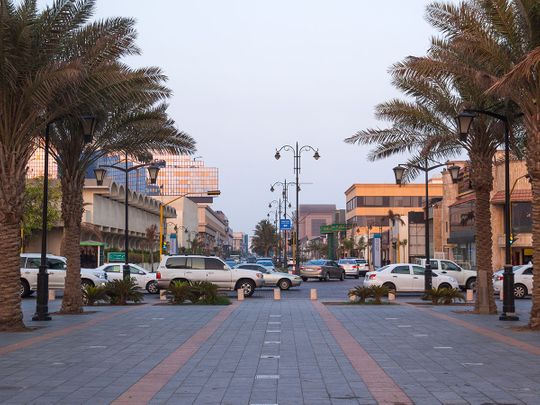
Dubai: If you are a UAE resident planning to visit Saudi Arabia, the good news is that you can use your UAE driving licence to drive in the country during your trip. You can also rent a car easily, to help you move around.
However, when in a new country, it is extremely important to be able to navigate the roads and understand road signs to ensure you stay safe and do not violate any rules.
Look for kilometre limit when renting car
According to Visit Saudi, the official tourism website of Saudi Arabia, it is important to note that many rental cars have a daily kilometre driving limit. “Before renting your car, determine how much and how far you will be driving, then look to see which rental car agreement best fits your needs,” stated, the website.
There may also be an option for ‘open kilometres service’, which you can add on to your contract, if you plan to drive long distances.
5 top tips for driving in Saudi Arabia
1. Out of respect, avoid playing music in your rental car during call to prayer times.
2. Saudi Arabia is a large country, so make sure you frequently refuel to avoid running out of petrol.
3. When the cars in front of you turn on their emergency/hazard lights, this generally indicates speed bumps or cameras are ahead. If you see these, slow down.
4. Speed limit signs are often in Arabic, so it is a good idea to memorise or learn 1 to 10 (or print out a chart to keep in your car for reference).
5. In addition to familiarising yourself with the Arabic numerals, look at some of the common road signs before you go.
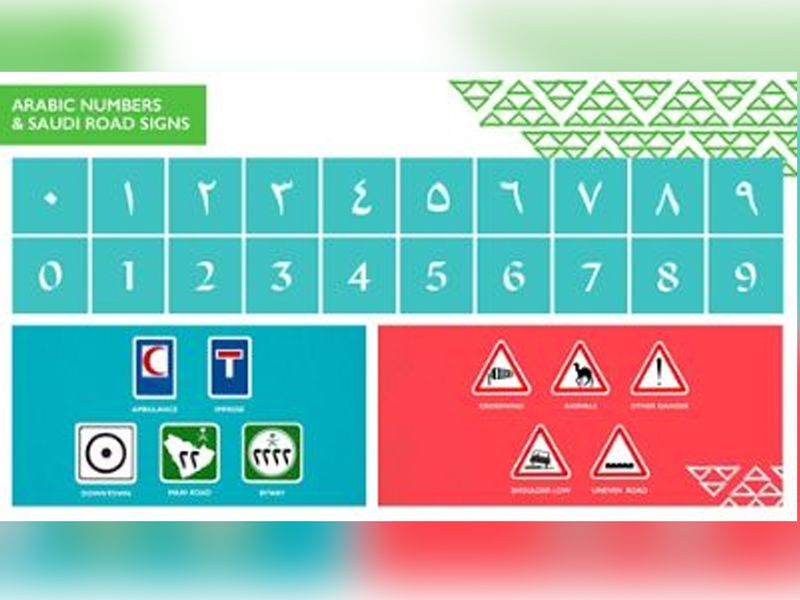
Road signage in Saudi Arabia – colours and shapes
● Red signs are generally meant to be prohibitors, indicating that you should stop, not enter, or that you’re going the wrong way.
● Green signs are used to note specific street information.
● Brown signs often point to religious, entertainment or cultural attractions.
● White boards are often used to note places of importance, like downtown or hospitals.
● Octagon-shaped signs mean “stop”.
● Diamond-shaped signs are generally used to indicate hazards or danger ahead.

